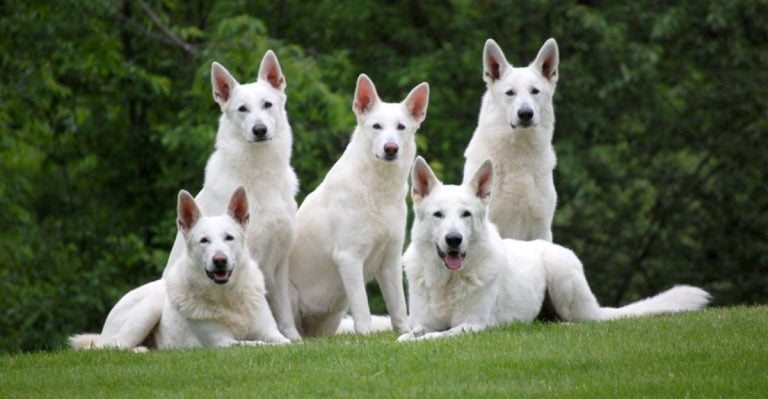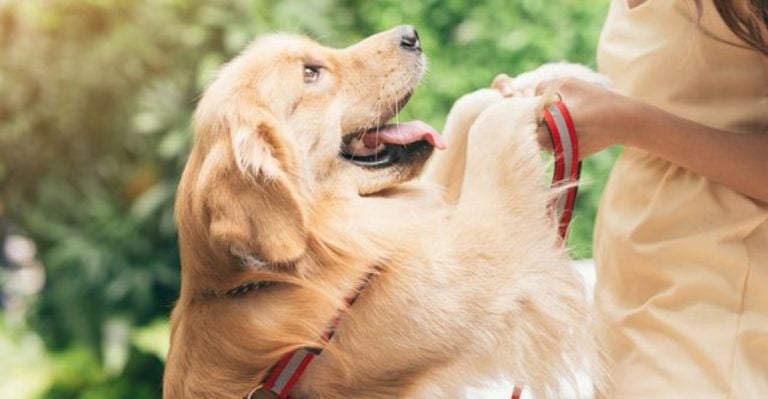6 Unspoken Rules of Petiquette Every Dog Owner Should Follow
Taking your furry friend out for adventures brings joy to both of you, but it also comes with responsibilities. Good dog owner etiquette isn’t just about following posted rules—it’s about respecting others and keeping your pet safe.
Whether you’re at the dog park, walking through your neighborhood, or visiting a pet-friendly store, these unspoken rules of ‘petiquette’ will help everyone have a better experience.
1. Always Clean Up After Your Pooch
Leaving your dog’s waste behind is more than just rude—it’s a health hazard. Dog poop can spread parasites and bacteria that affect other pets, wildlife, and even people. Plus, stepping in it ruins someone’s day instantly!
Carry multiple waste bags whenever you’re out with your dog. Those little bag dispensers that clip to leashes are lifesavers for forgetful folks. Even if you’re in a remote area or it’s dark outside, clean-up duty is non-negotiable.
Remember: your responsibility doesn’t end where your dog’s business begins.
2. Keep Your Dog Leashed Unless Permitted Otherwise
“My dog is friendly!” Those words don’t comfort someone who’s afraid of dogs or protecting their own nervous pup. Leash laws exist for everyone’s safety, including your dog’s.
Even well-trained dogs can become distracted by squirrels, other animals, or unexpected triggers. A sudden dash into traffic or toward an unfriendly dog can end tragically. Save the off-leash fun for designated areas like fenced dog parks or your private yard.
Using a proper leash shows respect for community rules and consideration for others sharing public spaces.
3. Master Basic Commands For Public Outings
A dog who responds reliably to basic commands makes everyone’s life easier. “Sit,” “stay,” “leave it,” and “come” aren’t just fancy tricks—they’re essential safety tools.
Practice these commands regularly in different environments with increasing distractions. Your dog should be able to sit calmly while someone passes by or stay in place when you need to tie your shoe. Consistent training builds confidence in both you and your furry friend.
Remember that training never truly ends—it’s an ongoing conversation between you and your dog that strengthens your bond while keeping everyone safe.
4. Respect That Not Everyone Loves Dogs
Hard as it may be to believe, some people just aren’t dog people! Some individuals have legitimate fears, allergies, or cultural reasons for keeping distance from your furry friend.
Watch for body language cues from others—stepping away, crossing arms, or avoiding eye contact often signals discomfort. Never allow your dog to approach strangers without permission, especially children. A simple “Would you like to pet my dog?” gives others control over their interaction.
Creating space between your dog and hesitant people shows emotional intelligence and prevents uncomfortable situations for everyone involved.
5. Introduce Your Dog to New Experiences Gradually
Throwing your dog into overwhelming situations isn’t fair to them or to others around you. Proper socialization happens step by step, not all at once.
Start with calm, controlled environments and reward positive behavior. Before visiting a busy dog park, try quiet play dates with one well-behaved dog. Before crowded festivals, practice walking on less busy streets. Watch for stress signals like excessive panting, tucked tail, or whining.
A well-socialized dog isn’t one who tolerates everything, but one who feels secure enough to handle new situations with confidence rather than fear or aggression.
6. Recognize and Respond to Your Dog’s Stress Signals
Your dog can’t say “I’m uncomfortable”—they show it through body language. Ignoring these signals can lead to problematic behaviors or even bites that seem to come “out of nowhere.”
Learn to spot the early warning signs: lip licking, yawning when not tired, whale eye (showing whites of eyes), stiff posture, or sudden excessive grooming. When you notice these signals, calmly remove your dog from the stressful situation instead of forcing them to “get over it.”
Being your dog’s advocate builds trust and prevents situations from escalating into something everyone regrets.











